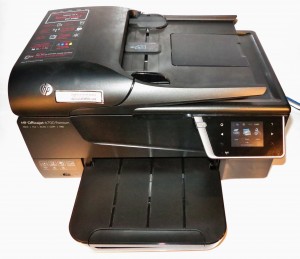Articles
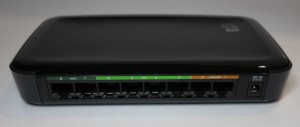
The next affordable unmanaged Ethernet switch will soon appear as a multi-gigabit type
The cheapest multi-gigabit switches (2.5G, 5, & 10Gbps) you can buy now – Affordable 10GbE & 2.5GbE networking | Just Android (UK)
My Comments
A trend that is starting to appear is the increased availability of multi-gigabit wired network hardware at reasonable prices. This is a trend that will continue to appear over the next few years.
Examples of this include affordable PCI Express network interface cards for traditional desktop computers and USB3 Ethernet adaptors that support 2.5Gb network speeds.These will use Category 5 cable and RJ45 modular plugs.
It also extends to standard-form-factor motherboards for “three-box” desktop computers being pitched at the performance end of the market being equipped with multi-gigabit Ethernet connections.
As well, newer high-end Synology and QNAP network-attached-storage units are being equipped with the ability for users to upgrade their device’s network connection to 2.5Gb Ethernet at a reasonable price. This is in conformance with the way Synology and QNAP are designing their NAS units to be computers in their own right.
Let’s not forget that some affordable Ethernet switches are appearing with at least one 2.5Gb Ethernet connection like this 5-port unmanaged unit from QNAP. The use of extant Category 5 cabling infrastructure for a 2.5Gb Ethernet run means that you don’t have to pull new cabling through to upgrade an existing “wired-for-Ethernet” installation to that speed.
Of course the 10Gb idea will be seen as more expensive because of the use of newer cable types that support the higher bandwidth. A cabling upgrade of this kind can be done to an existing “wired-for-Ethernet” setup with the legacy cable being used to pull the newer cable type through. This avoids the need to drill through walls to replace new cable.
What do I see as driving the takeup of multiple-gigabit Ethernet networks for home and small business use?
One of these trends is Wi-Fi 6 and Wi-Fi 7 wireless networks having the possibility of multiple-gigabit speeds. Here, you could use high-performance Wi-Fi 6 access points, including distributed-wireless systems supporting that technology, with a multi-gigabit Ethernet as a wired-network backhaul for those access points. This is especially if you want stable operation from a multi-AP Wi-Fi 6 or Wi-Fi 7 network.
As well, some countries and neighbourhoods are laying the groundwork for high-speed Internet. This is through strong efforts to increase the penetration of fibre-optic next-generation broadband infrastructure through a neighbourhood, with cities and towns wanting to claim bragging rights to “Gigabit City” or “Gigabit Town” titles. That is where every household or business has the ability to have Internet bandwidth of at least 1Gbps.
The bar for these communities will then be raised to multiple-gigabit levels through “in-rack” upgrades done to existing fibre-optic networks. This is where a network is upgraded simply with the upgrading of network infrastructure electronics that exists in the equipment racks at ISP central offices, headends and exchanges. It is rather than rolling out trucks and digging up roads to pull new fibre-optic cable through a neighbourhood.
Another is the increased ubiquity of 4K UHDTV with an increased number of affordable sets with the right screen size pitched for the entry-level or secondary-lounge-area/bedroom use appearing on the market. It would lead to multiple 4K UHDTV sets being installed around a house. This is underscored by an increased number of video-on-demand services delivering 4K UHDTV content with reasonable subscription prices in the case of SVOD services. This will lead to concurrent viewing of 4K video content in multiple-adult households.
Infact the multiple-adult household is being seen as the norm especially in urban areas where land prices are increasing rapidly. This is because housing, whether to own or rent, will become very expensive for a young couple in these areas. Similarly, there is the appeal of multiple-generation living with a family living with their older parents. It facilitates the concept of “ageing at home” which avoids the need for older parents who need extra care being sent to questionable aged-care facilities.
Another key driver is the rise of content creators working from home with their jobs involving large files. Examples of this would include video content with a resolution of 4K or higher, or multichannel / multitrack sound mixes. Such users, especially those who work for themselves on a “job-by-job” basis or use this to support a hobby or other endeavour are now considered a key market segment for personal IT. As well, it is even driven by the COVID-19 pandemic which has had us work from home more.
What will hinder the takeup of this kind of connection
At the moment, the main hindrance to multiple-Gigabit wired Ethernet being ubiquitous is the current-generation Internet connection offered to most people. This includes the routers, modems and other equipment installed at the customers’ premises.
As well, use cases associated with multiple-gigabit Ethernet need to be demonstrated to the greater populace in order to justify this concept. This may be about including a higher-throughput backbone for Wi-Fi 6 distributed-Wi-Fi applications, having a network that handles multiple 4K UHDTV streams or simply being ready for higher-bandwidth broadband Internet service.
How should you go about this kind of upgrade?
A content professional, whether working for someone else or running their own shop, would justify this kind of network. It is more so where large multimedia files are the norm for the work. This can also extend to other professionals like architects and designers who are dealing with large files.
But it can be seen as a long-term wired-network upgrade goal especially if you are wanting to create a high-speed trunk link between multiple network-device clusters. This can be facilitated with a single few-port multiple-gigabit switch at the “hub” of your home network and a few Gigabit Ethernet switches which have one multiple-Gigabit Ethernet socket on them at each “branch” of the network. Here, this creates a “data freeway” between the different clusters. Even if you start out with the single few-port multiple-gigabit switch at the hub of your home network’s wired Ethernet segment, it will be about the switch creating its own “high-performance data freeway” within itself.
Such a setup can also come in to its own if you are upgrading a Wi-Fi 6 network to access points that are capable of using that kind of connection for a wired-backhaul option. As well, the new Wi-Fi 7 wireless-network technology will underscore more of a need to upgrade your wired Ethernet network towards multi-gigabit technology.
The 10 Gigabit tecbnology will also appeal to people who are considering an optical-fibre LAN link like a robust link between a house and an outbuilding. Here, such a link will satisfy future needs and avoid the problem of an inter-building link becoming unstable due to weather conditions. Such links could go up to 300 metres for multimode fibre or 40 kilometres for single-mode fibre which is more costly.
Conclusion
The idea behind the affordable multi-gigabit Ethernet technology for local area networks is to provide an upgrade path for wired network infrastructure to support higher bandwidth. It is more useful as a long-term upgrade approach or whenever you are dealing with many large files.
Updates
Originally posted on 7 September 2020 and updated 13 March 2024 to factor in the arrival of Wi-Fi 7 wireless network technology with multiple-Gigabit Ethernet gaining more relevance as a wired backhaul for Wi-Fi 7 wireless networks.

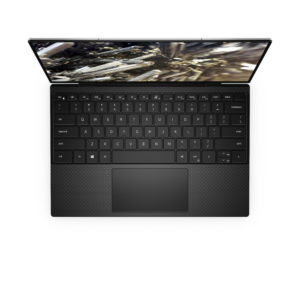

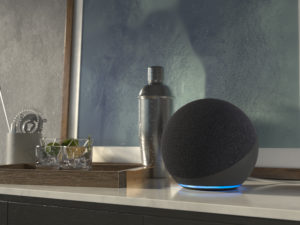

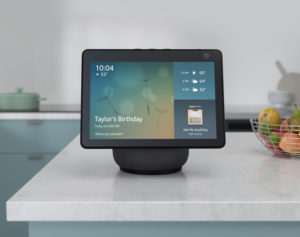

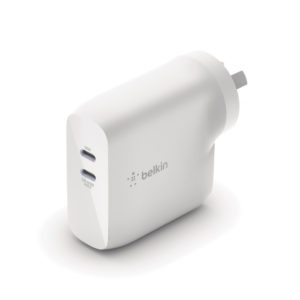
![Yorkshire Dales By Kreuzschnabel (Own work) [CC-BY-SA-3.0 (http://creativecommons.org/licenses/by-sa/3.0), GFDL (http://www.gnu.org/copyleft/fdl.html) or FAL], via Wikimedia Commons](https://homenetworking01.info/wp-content/uploads/2014/09/2013_Langthwaite_Arkengarthdale-Yorkshire-Dales-300x225.jpg)



